Historical Timeline of Corrections in Nebraska
1856
The first act of the Nebraska Territory concerning establishment of a penitentiary was to name a Board of Commissioners to locate a prison in the town of Tekamah in Burt County; however, no action was taken.
1859
The Territorial Legislature decreed that convicts should be kept in county jails until a territorial penitentiary could be built.
1860
The Territory explored the possibility of housing Nebraska inmates in already-established prisons in other states. There is no record that this was ever accomplished.
1860-1864
The Territory made several attempts to receive appropriations from the US Congress to construct a penitentiary without apparent success, which may have been due to the Civil War consuming the attentions of the national government.
1867
The Territorial Legislature again provided for the confinement of state prisoners in county jails, paying jailers 50 cents a day for boarding each prisoner.
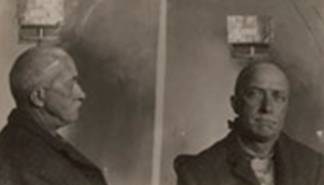 1869
1869
The first state prisoner was Jose Hernandez #1 who was housed in a county facility until a state facility was available to house him.
 1870
1870
Land was appropriated in the Township of Lancaster south of Lincoln, the state capital, to construct a temporary prison, which was a barn-like structure that survived into the 20th century. The first inmates were received at the temporary prison on February 1, 1871. In addition to permanent fixtures and bedding, they were allowed to have a Holy Bible and a Catholic Prayer Book. Inmates were attired in prison stripes.
1875
A mutiny broke out at the prison in January with Warden William Woodhurst, the Deputy Warden and other staff being taken hostage. The Warden’s wife managed to convince the rioters to surrender. A second riot occurred in May of 1875 lead by the same convict who had started the first one. He was shot to death during the riot and the disturbance ended.
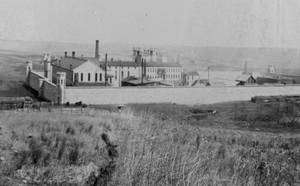
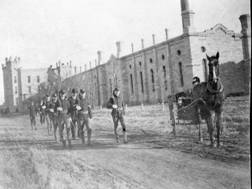 1876
1876
The first “modern” prison structure, the West Cell House, was completed. It continued in service until 1980.
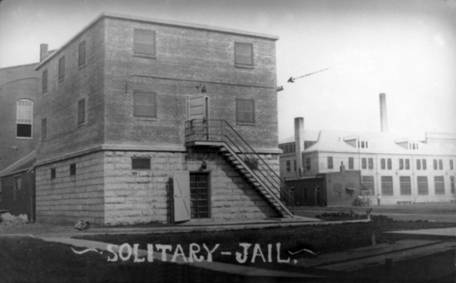 1881
1881
A small three-story stone “jail” within the prison was built to hold inmates sentenced to solitary confinement.
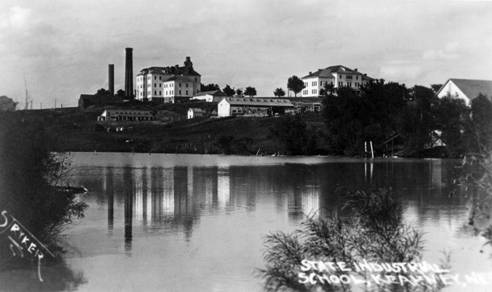 1881
1881
In July 1881, what was to become the State Reform School for Juvenile Offenders received its first offenders. Males and females were housed in this facility.
1880’s
Nebraska inmates were employed through a private contract to help construct the state capitol building in Lincoln.
The Nebraska State Penitentiary accepted inmates from Colorado and Wyoming Territory along with those from the Federal Government. A separate inmate numbering system was utilized.
 1886
1886
The first industries shops were constructed in a large brick building and included a tailor shop, shoe shop, furniture factory, laundry, paint shop, tobacco shop, broom factory and a cannery.
 1890’s
1890’s
The East Cell Block was constructed which contained both single and multiple occupancy cells. It continued in use until 1980.
1892
The State Reform School becomes an all male facility with the opening of the female youth facility in Geneva, Nebraska.
1901
The Penitentiary came under the supervision of the State Board of Charities and Corrections.
1902
Four female prisoners were admitted to the Penitentiary. They were housed on the third floor of the Administration Building which was located between the West and East Cell houses and were supervised by the Warden’s wife.
 1903
1903
Gottlieb Neigenfind #3980 was the first Nebraska prisoner to be executed. He was hanged for a murder in Pierce County Nebraska.
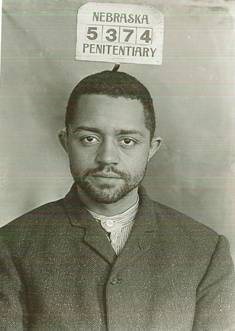 1912
1912
In February, Penitentiary Deputy Warden Davis was stabbed to death by inmate Albert Prince in the chapel. He was sentenced to death and was the last inmate to be hanged in Nebraska.
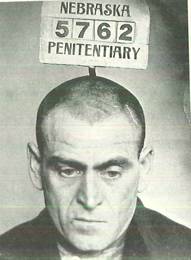
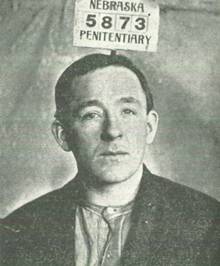
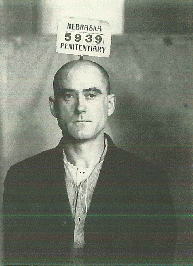 1912
1912
On March 14, 1912, three inmates, led by “Shorty” Grey, escaped from the prison after killing Warden James Delahunty, newly-appointed Deputy Warden Henry Wagner and an officer. The escapees fled toward Omaha where they killed a farmer near Gretna Nebraska. Grey and one of the accomplices were killed and the third was captured. He was pardoned after 40 years.
Bathing facilities for the inmates during the early years consisted of old bath tubs that were less than hygienic. Dining services and the “hospital” were also very inadequate even by the standards of the day.
1912
The Penitentiary came under the authority of the Board of Commissioners of State Institutions.
1913
It was determined that about 100 inmates were addicted to morphine and other opiates. It was believed that the drugs were brought into the prison by “unscrupulous employees and contractors.”
1919
The Department of Public Welfare was created to provide oversight to corrections (along with horse-racing and boxing).
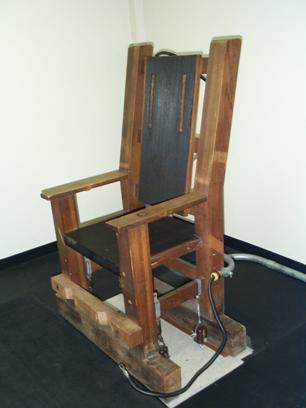 1920
1920
First execution by electrocution. The previous method of execution was by hanging.
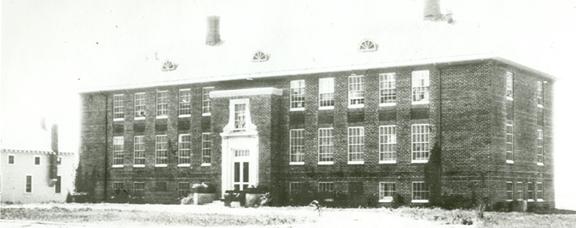
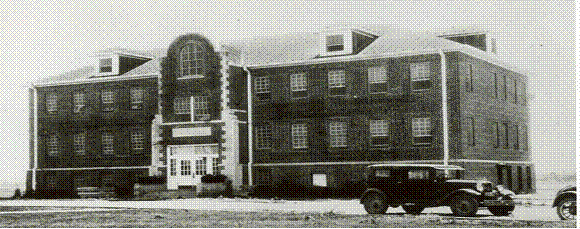 1920
1920
The Reformatory for Women (now called the Nebraska Correctional Center for Women) was opened in York, Nebraska.
1920
The Nebraska Board of Control assumed jurisdiction over the Penitentiary.
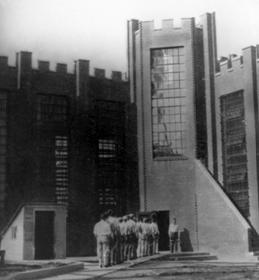
 1921
1921
The State Reformatory for young offenders was opened in the grounds of an older military academy in Lincoln. It later became the Lincoln Correctional Center.
1923
The prison population was 556 males and 11 females.
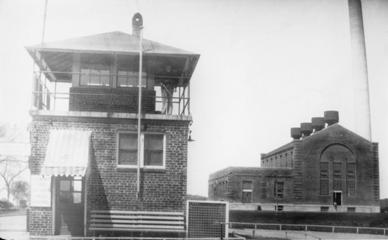 1926
1926
A new power plant was constructed on Penitentiary grounds which continued in use until the late 1970s.
 1931
1931
The Penitentiary chapel was completed. It continues in use today as the facility “religious center.”
 1940
1940
A new Front Entrance building was opened which continued in use until 1980.
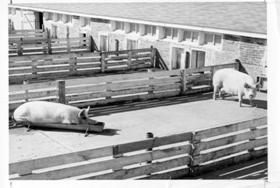
 1942
1942
The prisons were challenged by staff shortages caused by employees being called up for military service or obtaining more lucrative jobs in defense plants.
Prison industries shops made articles of clothing for the Army and the Navy.
Salaries for prison officers during the war years were $100 a month for “Wall Guards” (now called tower officers) and between $125-$145 per month for other correctional staff.
Agricultural operations formed an important component of the prison during these years. A first class dairy operation with a prime herd of cows provided milk and other dairy products to the institutions. This program was discontinued in late 1973.
The facilities also ran a poultry operation along with hog raising and grain crops.
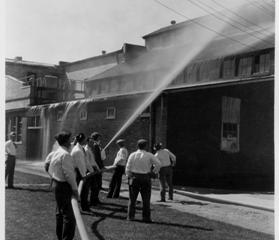 1948
1948
The industries shops at the Penitentiary were partially destroyed by fire. These building were replaced by a new industries plant that continued in use until the riot of 1955.
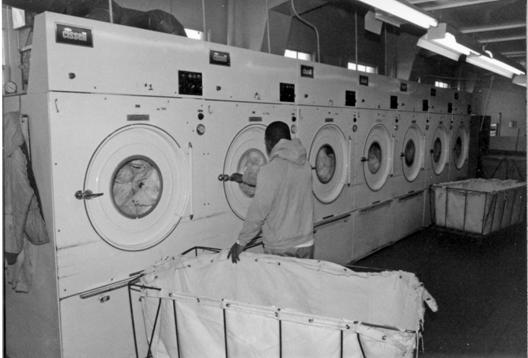 1949
1949
A new Central Laundry building was constructed at the Penitentiary which was remodeled in 2006 and continues in use today.
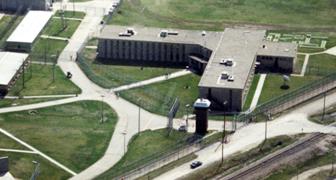 1954
1954
The “Trusty Dormitory” at NSP, a minimum security open bay dorm, was opened. It continues in use as a residential substance abuse treatment center today.
1955
On August 16, 1955, inmates rioted at the Penitentiary due to a variety of grievances including poor food and “sadistic” employees. The rebuilt Industries Building was again burnt to the ground and there was substantial damage to the East Cell Block, Main Kitchen and other structures. The Nebraska National Guard was called into service to help quell the disturbance.
 1956
1956
A new “jail within the prison” was complete replacing an old substandard facility. Initially called the “Adjustment Center,” it consisted of a traditional 36-bed cell block on two galleries. Now called the “Control Unit,” it continues in use today to hold intractable inmates.
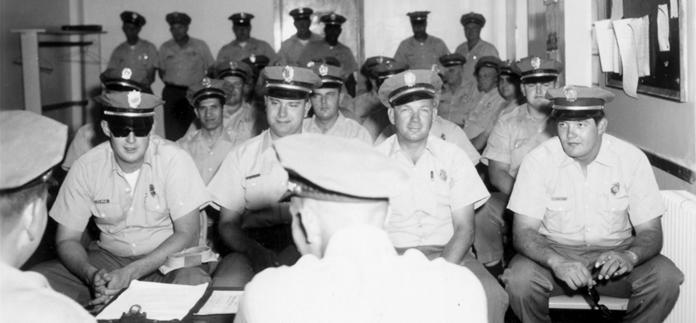 1957
1957
The training program for custodial staff was upgraded. “Guards,” now called “Correctional Officers”, were trained in modern penology techniques.
1957
Educational services were expanded to assist inmates with literacy challenges and those who wanted to obtain an eighth grade diploma. Correspondence courses in high school and college studies were also offered.
 1959
1959
A Reception Unit for newly-committed inmates was opened adjacent to the Penitentiary East Cell House. First-time offenders were assigned to the first floor and inmates who had served previous sentences were located on the second floor. While in the Reception Unit, inmates were kept separate from other members of the prison population.
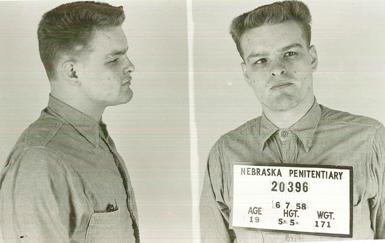 1959
1959
On June 25, 1959, Charles Starkweather was executed in the electric chair after being convicted of murdering eleven people in a rampage that led across Nebraska and Wyoming.
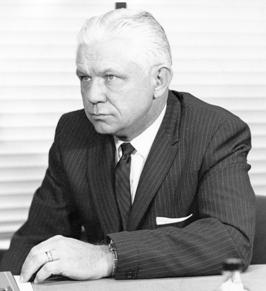 1959
1959
Noted penologist Maurice Sigler was appointed Warden of the Penitentiary ushering in a new era of correctional professionalism.
1962
The corrections system came under the supervision of the newly-created Department of Public Institutions which also included the state’s mental health Regional Centers.
1963
The Penitentiary and the State Reformatory were administratively combined to form the Nebraska Penal and Correctional Complex with the Penitentiary Warden supervising both facilities.
1967
A work release program was authorized which allowed inmates with appropriate custody classifications to obtain civilian jobs in the community. This was later extended to permit inmates to attend classes at the University of Nebraska.
1968
The first women were employed in custodial positions in the Department.
1972
De facto inmate racial segregation ended at the Penitentiary when the previously “white only” East Cell Block was integrated following a federal court order.
1973
The Nebraska Department of Correctional Services was established as a free-standing agency separate from the Department of Public Institutions. Victor G. Walker was named as the first director. The Department supervised the Penal Complex, the Reformatory for Women, the Youth Development Centers in Kearney (for boys) and Geneva (for girls) and the state’s Parole Administration.
1979
With funding provided by the Nebraska Legislature, the Department was able to open several new facilities. The Lincoln Correctional Center replaced the old State Reformatory; the old cell blocks and administrative complex were replaced with new housing units, an administration building, and a power plant at the Penitentiary; and a Diagnostic and Reception Center was opened, replacing the old Reception Unit. The Nebraska Penal and Correctional Complex was dissolved.
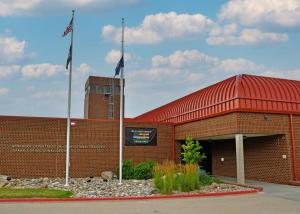 1984
1984
The Omaha Correctional Center was opened.
 1985
1985
The Community Corrections Center Omaha was opened.
1987
The Hastings Correctional Center, located on the grounds of the Hastings Regional Center, was opened. This facility was turned over to the federal government as an Immigration and Customs Enforcement (ICE) Detention Center in 2002 and was subsequently closed in 2005.
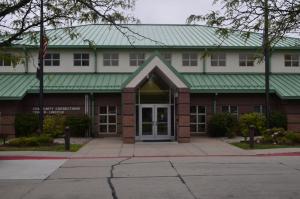 1993
1993
The Community Corrections Center Lincoln was opened.
1994
The Youth Rehabilitation and Treatment Center in Kearney was placed under the Office of Juvenile Services within the Department of Correctional Services.
1997
The Office of Juvenile Services was transferred from the Department of Correctional Services to the newly-formed Health and Human Services System.
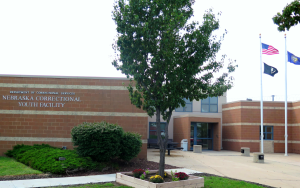 1998
1998
The Nebraska Correctional Youth Facility was opened in Omaha, Nebraska.
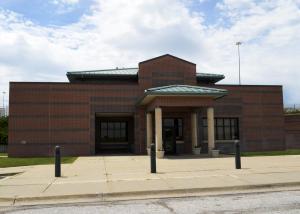 2001
2001
The Tecumseh State Correctional Institution – a maximum security facility – was opened near the town of Tecumseh, Nebraska.
 2001
2001
The Work Ethic Camp for probationers and inmates was opened in McCook, Nebraska.
2008
The Nebraska Supreme Court declared the electric chair unconstitutional. The State of Nebraska subsequently implemented lethal injection as the means of carrying out executions.
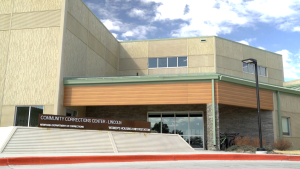 2019
2019
The Community Corrections Center - Lincoln expanded and opened up its women's facility.
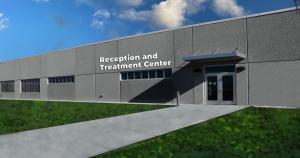 2022
2022
The Reception and Treatment Center opened in Lincoln, joining the former Lincoln Correctional Center and the Diagnostic and Evaluation Center into one facility.
 2024
2024
On February 1, 2024, Nebraska became the fourth state in the nation to launch Reentry 2030, a national initiative uniting leaders across the country to improve reentry success for people with criminal records.
